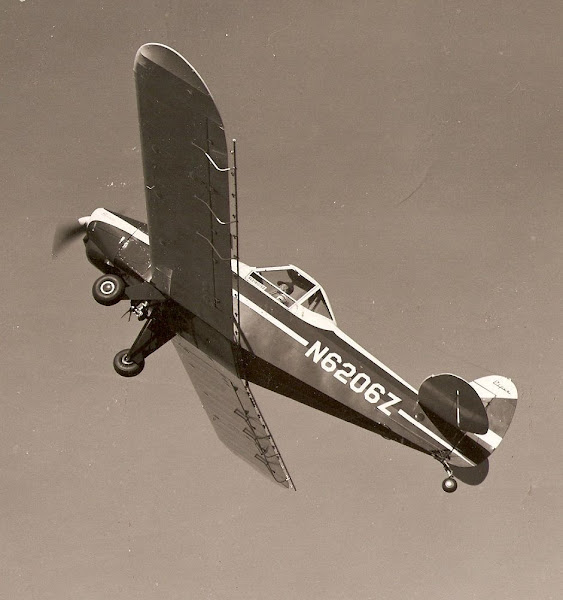 By Sarah "Sallie" Benton Powell. Out of the book "A Place to Remember", by Pinkston
By Sarah "Sallie" Benton Powell. Out of the book "A Place to Remember", by Pinkston"As stated before, I was at school in Kentucky during the Civil War. When we returned home, the negro who had been liberated was dominant in politics, being upheld by the power of the Federal government.
A former slave called Judge Clay was among those in power, and held the place of superintendent of schools. My sister, who had married Major Garner, a handsome and gallant soldier of the Confederacy who had died of the wounds received at the seige of Vicksubrg, was left a widow with 1 little boy; she went to Clay and asked for a school for the white children. He replied that no one had asked for a white scholl and there was no appropriation for housing the school, and no teacher. She told him she would provide both house and teacher, which she did in the house now occupied by Mr. Roy Powell (later the home of the Marron Family), which was her home as well as school. The school was very small, gradually growing in numbers as the white people became more reconciled to their children attending "charity" schools, as it was then thought of, no one dreaming of the development of our great public school system as we have it today. This 1st school was started in 1876 or 1877, as nearly as I can remember. As the children grew, the older pupils helped by teaching the younger, as the ages of the children ranged from 6 to 20, and the teacher could not manage all, for there were very few who studied the same books. In 1878, and Episcopal minister was given charge of the public school, with my siser, Mrs. Garner, as assistant. The school grew so rapidly, by that time the School Board employed another assistant. In 1879, we  had school in the old Fireman's Hall, taught by that elegant gentleman and scholar, Mr. Henry Goodrich (Harvard, "77, Phi Beta Kappa), while the new school house was *re-built. That winter we moved into the new school house where it remained until our elegant new school was built."
had school in the old Fireman's Hall, taught by that elegant gentleman and scholar, Mr. Henry Goodrich (Harvard, "77, Phi Beta Kappa), while the new school house was *re-built. That winter we moved into the new school house where it remained until our elegant new school was built."
*NOTE: The 1st new school was blown away by a cyclone. I stood on my back gallery and saw it carried in pieces across the lake," said Sarah Benton Powell.
 had school in the old Fireman's Hall, taught by that elegant gentleman and scholar, Mr. Henry Goodrich (Harvard, "77, Phi Beta Kappa), while the new school house was *re-built. That winter we moved into the new school house where it remained until our elegant new school was built."
had school in the old Fireman's Hall, taught by that elegant gentleman and scholar, Mr. Henry Goodrich (Harvard, "77, Phi Beta Kappa), while the new school house was *re-built. That winter we moved into the new school house where it remained until our elegant new school was built."*NOTE: The 1st new school was blown away by a cyclone. I stood on my back gallery and saw it carried in pieces across the lake," said Sarah Benton Powell.






